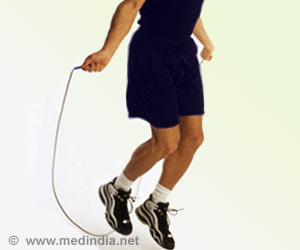Next time you take to the skies you may find there are fewer pages in your in-flight magazine, your fork is slimmer and your plate feels different.
Next time you take to the skies you may find there are fewer pages in your in-flight magazine, your fork is slimmer and your plate feels different. Blame it on soaring oil prices.
The seat you are sitting on may be lighter. Perhaps there's less water on board for the bathroom faucets and toilets. The drinks trolley coming your way probably weighs less too.It's all part of efforts by airlines to shed weight and conserve fuel, running in tandem with more radical steps such as cutting routes and capacity.
"Individually they may sound quite trivial but they all add up," said Andrew Herdman, director general of the Association of Asia Pacific Airlines.
"Obviously, the more expensive the fuel, the more the savings translate into. Given that oil prices are at a record high and have quadrupled over the past few years, there's even more effort" to reduce weight, he told AFP.
Japan Airlines (JAL), Asia's largest carrier, is among carriers that are putting fewer pages into their in-flight magazines.
It has also slimmed the handles of its forks and spoons, reducing their weight by two grammes (0.07 ounces) each, said JAL spokesman Hisanori Iizuka.
Advertisement
Even the porcelain in business class on international flights is 20 percent lighter since the manufacturer put tiny bubbles inside.
Advertisement
"The heavier the plane is, the lower its fuel efficiency. This is part of our efforts to slim down everything possible."
It's not the only airline looking to shed weight. Australia's Qantas is also considering similar steps to conserve fuel.
"We don't want to compromise our product or service," but the carrier is looking at lightweight meal carts, alternative packaging and examining "what we carry to remove waste, that type of thing," a spokeswoman said.
Singapore Airlines has introduced lightweight drink trolleys and serviceware on board new aircraft such as the A380 superjumbo and the Boeing B777-300ER.
"These carts and serviceware will be on all new aircraft which join the fleet in the future. As for magazines, based on crew feedback, titles not in demand were removed," a spokeswoman for the carrier said.
All Nippon Airways has also been reducing the weight of seats, tableware, trolleys used by cabin attendants and other items.
"By introducing lighter porcelain for first and business classes, we have reduced the weight by an average 66 kilogrammes on one flight," a spokeswoman said. "We're always looking for items whose weight can be reduced."
Even paint adds weight to an aircraft, so some carriers have been experimenting with only polishing the exterior, particularly for cargo planes.
Airlines worldwide face total losses of at least 2.3 billion dollars this year due to soaring fuel costs, according to the International Air Transport Association, which says the industry is in "crisis."
At least two dozen carriers around the world have gone bust this year.
Some US carriers have started to charge the first checked-in bag.
And there is even speculation that the passengers might eventually have to step on the scales before boarding a plane, with heavier travellers paying more to fly, although experts say that day is not here just yet.
"I don't think we've quite got to the point of passengers being weighed," said Herdman.
Source-AFP
SRM






